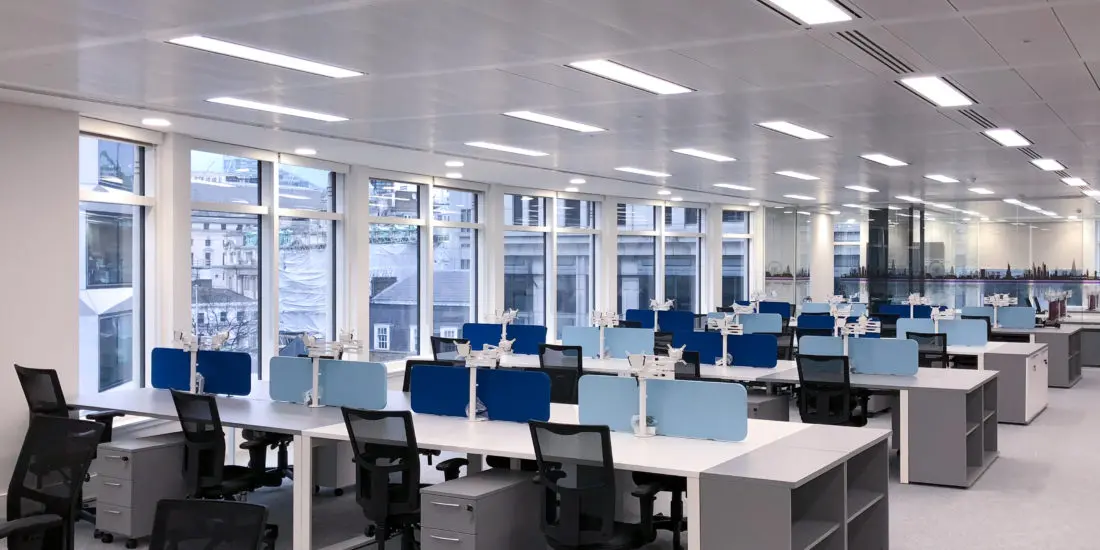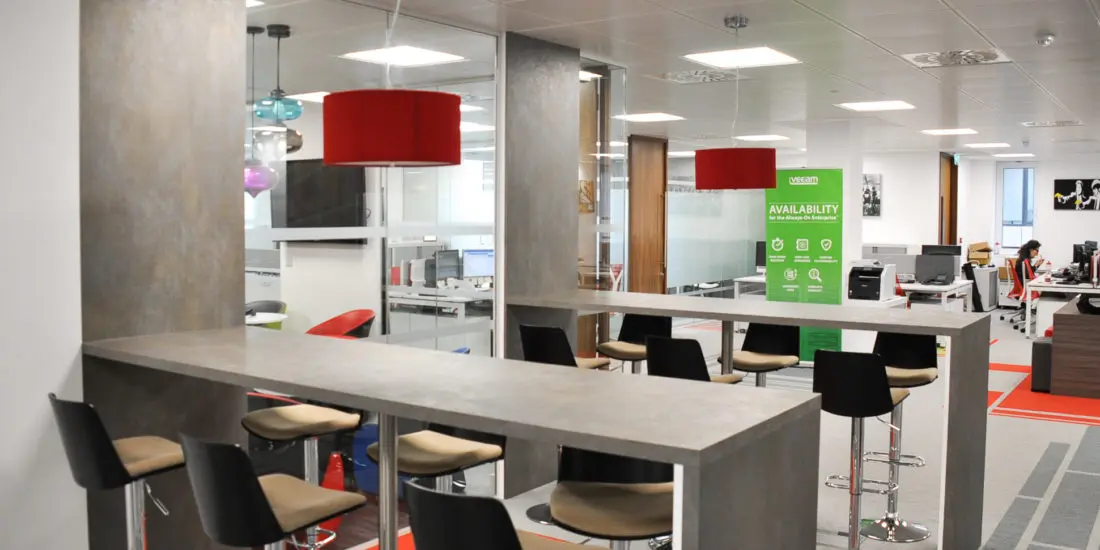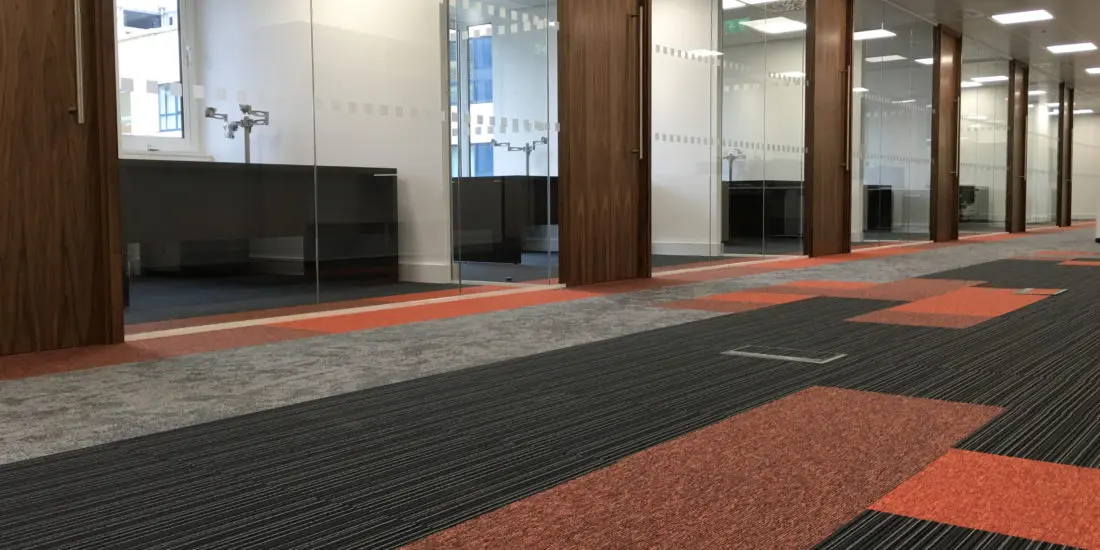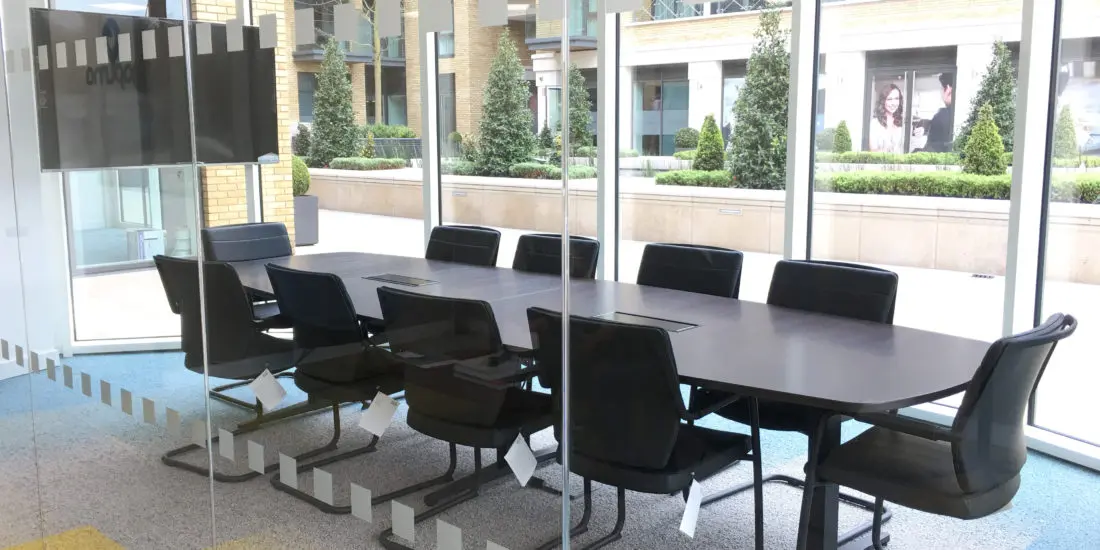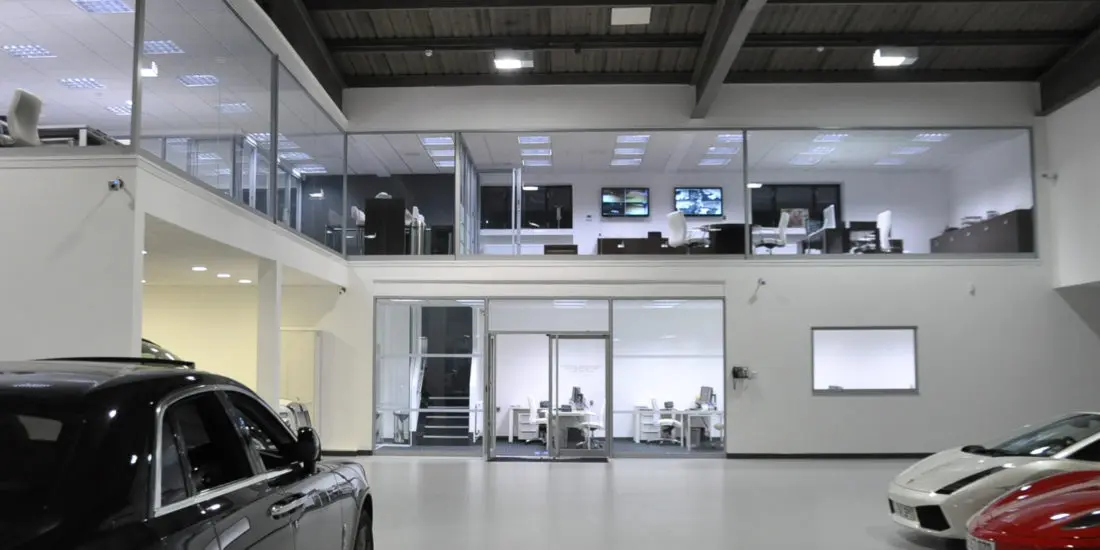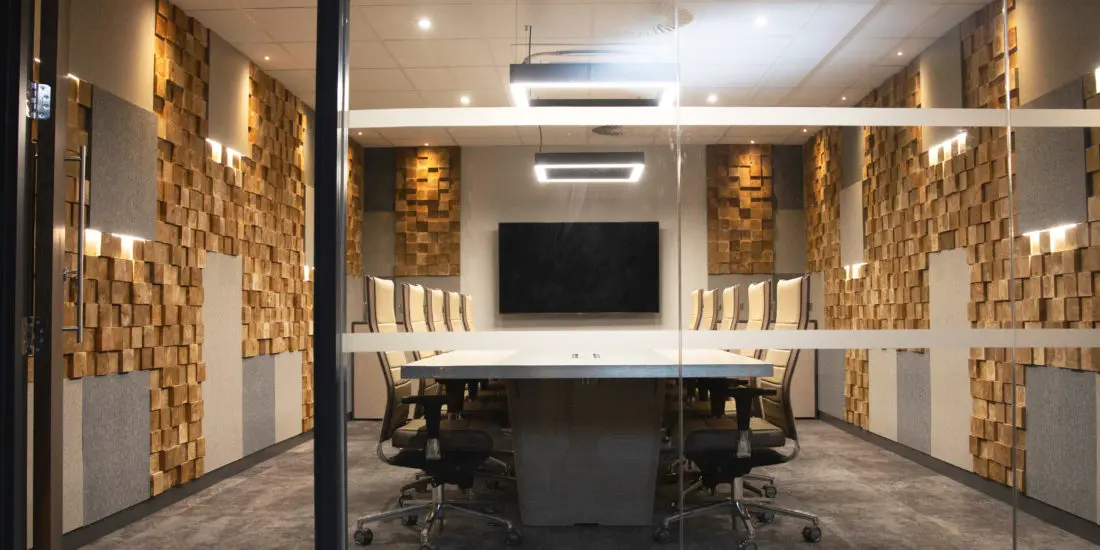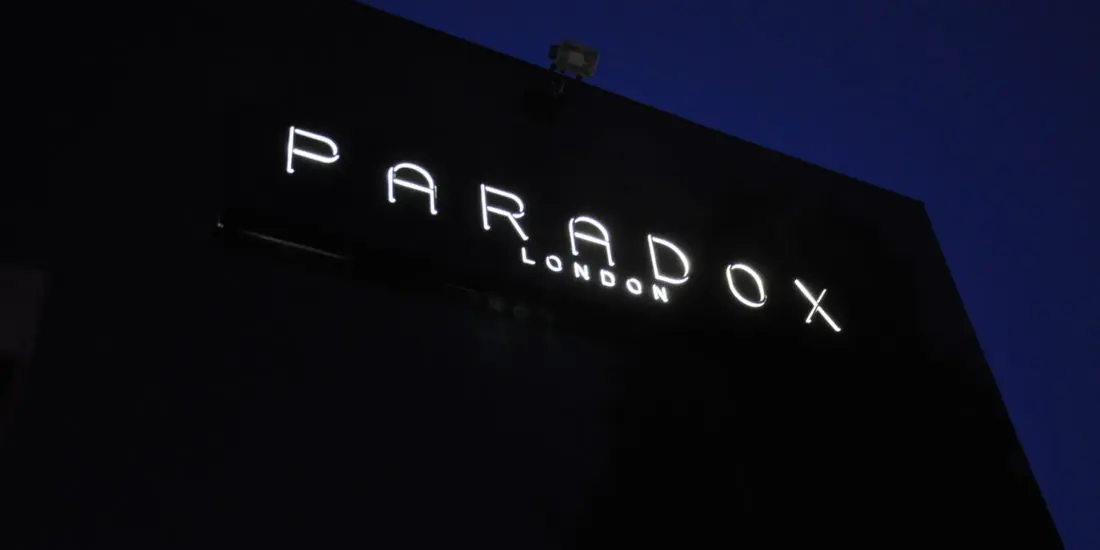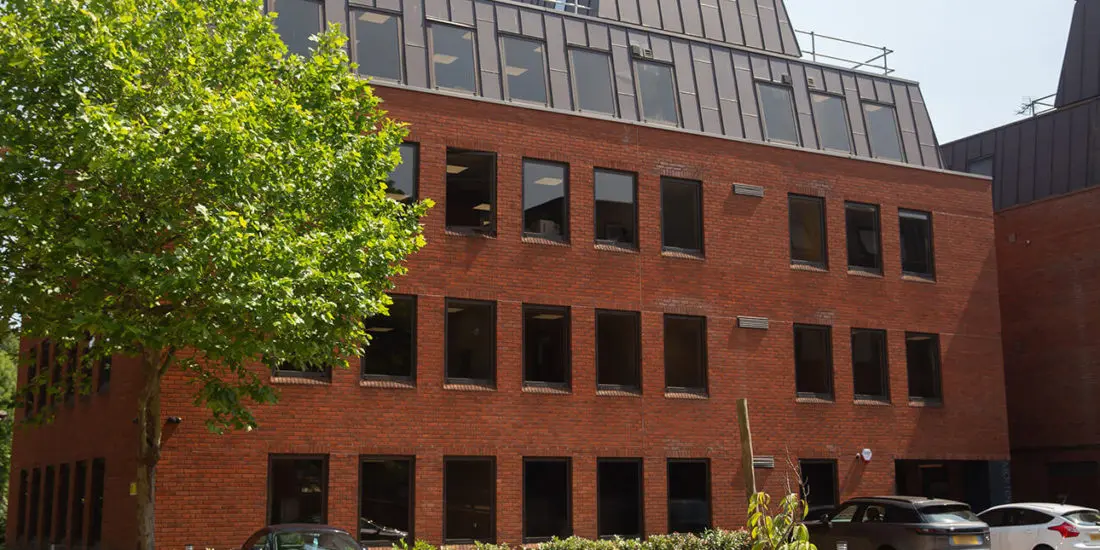Effective workplace lighting, which
combines natural daylight with
strategic artificial illumination, is a powerful tool to enhance employee productivity and wellbeing. By
creating a conducive work environment, it can significantly boost morale and
job satisfaction.
Modern offices are at the forefront of
lighting innovation, employing flexible systems that match specific tasks while
supporting natural biorhythms throughout the day. Smart sensors automatically adjust light intensity, and proper
workspace positioning minimises eye strain and fatigue, all contributing to a
healthier and more productive work environment.
From energy-efficient
LEDs to circadian-friendly solutions, today's lighting technology offers
countless ways to convert any workspace into a lively, health-conscious
environment.
The science of illumination holds the
secret to releasing peak workplace performance.
Understanding the Science
Behind Workplace Illumination
Light waves dance through office spaces
in ways that deeply influence human physiology and performance. The science of workplace illumination reveals
fascinating revelations into how different colour
temperatures affect employee
alertness and productivity throughout the day. From the crisp blue-white
light that mimics morning sunlight to the warmer hues that ease into afternoon
focus, each part of the light range plays an essential role in our circadian rhythms.
Research shows that proper workplace
lighting isn't just about brightness - it's about matching the right light to
the right task at the right time. Modern offices are beginning to adopt adaptable lighting systems that adjust
colour temperature throughout the day, supporting natural human biorhythms.
This smart approach to illumination helps workers stay revitalised and focused
while reducing eye strain and fatigue.
Natural Light vs. Artificial
Light: Finding the Perfect Balance
While artificial illumination has altered
modern workplaces, nothing quite matches the psychological and physiological
benefits of natural daylight
streaming through office windows. The interaction between natural and
artificial light creates an energetic environment supporting employee wellness and productivity. Modern offices are
uncovering creative ways to maximise daylight benefits while supplementing with
artificial sources that mimic natural light colour throughout the day.
●
Strategic placement of workstations near
windows enhances exposure to natural light
●
Light-sensing systems automatically adjust
artificial lighting based on available daylight
●
Circadian-friendly artificial lighting
supports natural body rhythms when daylight is limited
●
Glass partitions and reflective
surfaces help distribute natural light deeper into office spaces
The essential factor lies in creating a harmonious blend that utilises the best
of both worlds, supporting employee well-being while maintaining consistent
illumination standards. Implementing mood lighting solutions can significantly
enhance workplace comfort while maintaining energy efficiency through smart
control systems.
Common Lighting Mistakes That
Hurt Productivity
Despite the widespread knowledge about
proper workplace illumination, many
organisations continue making avoidable mistakes that undermine worker
productivity and well-being. Common oversights include installing harsh
fluorescent bulbs that emit unflattering lighting colour, leading to eye strain and migraines among
employees. Another frequent blunder involves failing to implement proper glare-reduction measures on computer
screens and reflective surfaces.
Smart office design requires thoughtful
consideration of both natural and
artificial light sources. Positioning workstations at right angles to
windows, installing adjustable blinds,
and using anti-glare screen protectors can dramatically improve visual comfort.
Opting for LED fixtures with
customisable colour temperatures also allows workers to adjust lighting
throughout the day, matching their natural circadian rhythms. These seemingly
minor details can make or break workplace productivity.
Professional design services experts can help organisations
avoid these common lighting pitfalls while creating spaces that enhance
employee satisfaction and the company's overall culture.
Health and Safety
Implications of Poor Lighting Design
Inadequate workplace lighting poses
significant risks to employee health and
safety, extending well beyond mere discomfort or inconvenience. Proper
attention to glare reduction and colour temperature isn't just about
aesthetics—it's about protecting workers' well-being. Research shows that
poorly designed lighting can trigger migraines, cause eye strain, and even lead to workplace
accidents.
●
Prolonged exposure to harsh
lighting can interfere with circadian rhythms and sleep patterns
●
Improper colour temperature
settings may increase stress amounts and reduce cognitive function
●
Insufficient lighting in walkways
and staircases raises the risk of trips and falls
●
Flickering lights can trigger
seizures in susceptible individuals and cause migraines in others
Innovative lighting design isn't a
luxury—it's an essential investment in workplace safety and employee health.
The right lighting solution balances functionality with comfort while
prioritising occupant well-being.
Smart Lighting Solutions for
Modern Workspaces
Modern workspaces demand sophisticated lighting solutions that
adjust to varied needs throughout the day. Smart
technology has transformed how offices manage their lighting systems,
enabling smooth shifts between natural and artificial light sources. Motion sensors, automated dimming, and colour temperature controls create an ideal
workspace ambience that modifies to both individual preferences and team
requirements.
Today's advanced lighting systems
integrate with building management platforms to track occupancy patterns and energy usage. These intelligent setups
can mimic natural circadian rhythms, enhancing employee alertness during peak
hours and gradually softening as the day winds down. Some systems even allow
employees to customise lighting zones
through smartphone apps—talk about bringing lighting into the 21st century! The
result is a more agile, energy-efficient environment that supports productivity
and comfort.
Energy-Efficient Lighting
Strategies That Save Money
Energy-Efficient Lighting Strategies That
Save Money: while technological advances
have altered workplace lighting, implementing energy-efficient strategies remains a cornerstone of smart business
operations. A thorough cost analysis
reveals that switching to LED technology
can slash energy costs by up to 75% while providing superior illumination
quality. Modern businesses are finding that smart lighting choices not only
benefit their bottom line but also contribute to environmental sustainability, making us feel responsible and
forward-thinking.
●
Integration of motion sensors to
automatically control lighting in low-traffic areas
●
Implementation of daylight
harvesting systems that adjust artificial light based on natural light
availability
●
Strategic placement of task
lighting to reduce overall ambient lighting needs
●
Regular maintenance schedules to
guarantee peak performance of lighting systems
These strategies balance energy
efficiency and workplace productivity,
making them essential investments
for forward-thinking organisations.
Customizing Light Levels for
Different Work Areas
Different work environments demand
distinct lighting solutions to improve employee performance and comfort. Task-specific illumination is essential
for creating ideal working conditions
across various spaces. For instance, designers need bright, colour-accurate
lighting at their workstations, while accountants might prefer softer
illumination to reduce screen glare.
Modern flexible lighting systems have transformed workplace illumination
by allowing customisation for different
zones. Tech-savvy companies are embracing these smart solutions that
automatically adjust brightness
standards throughout the day. Envision a software development team working
in a space where lights dim slightly during afternoon coding sessions, while
the adjacent conference room maintains crisp, bright lighting for client
presentations. This thoughtful approach to lighting design elevates productivity and shows employees their comfort matters.
Comprehensive workplace consultancy studies demonstrate that
optimised lighting strategies significantly impact staff wellbeing and
operational efficiency across different departments.
Measuring and Evaluating
Workplace Light Quality
Successful workplace lighting implementation requires thorough measurement and evaluation protocols.
Light measurement techniques have progressed considerably, enabling facility
managers to assess illumination accurately. Modern tools and visual comfort assessment methods help
create environments that enhance productivity while protecting employee well-being. Regular monitoring guarantees that
lighting systems maintain peak performance throughout their lifecycle.
●
Use calibrated light metres to
measure illuminance levels across different work zones
●
Administer employee surveys to
gather feedback on visual comfort and glare issues
●
Implement regular maintenance
schedules to monitor light fixture performance
●
Document and analyse lighting data to identify areas needing
improvement
These evaluation protocols help
organisations create adaptable lighting solutions that adjust to changing
workplace needs while maintaining energy
efficiency and occupant satisfaction.
Conclusion
Proper workplace lighting is a cornerstone of organisational success. When
Salesforce redesigned its San Francisco headquarters in 2022, incorporating
lively lighting systems that mimicked natural daylight patterns, it reported a
23% increase in employee satisfaction
and a 15% enhancement in productivity.
Smart illumination isn't just about brightness—it's an investment in human
capital that pays dividends in health, happiness, and bottom-line results.







